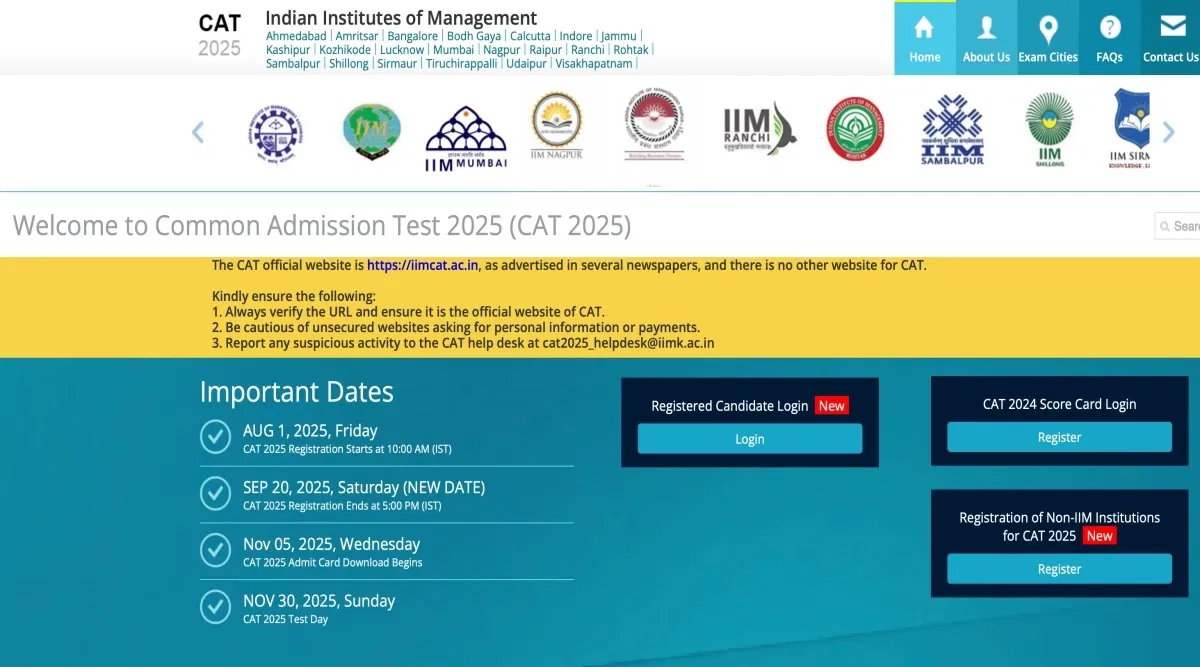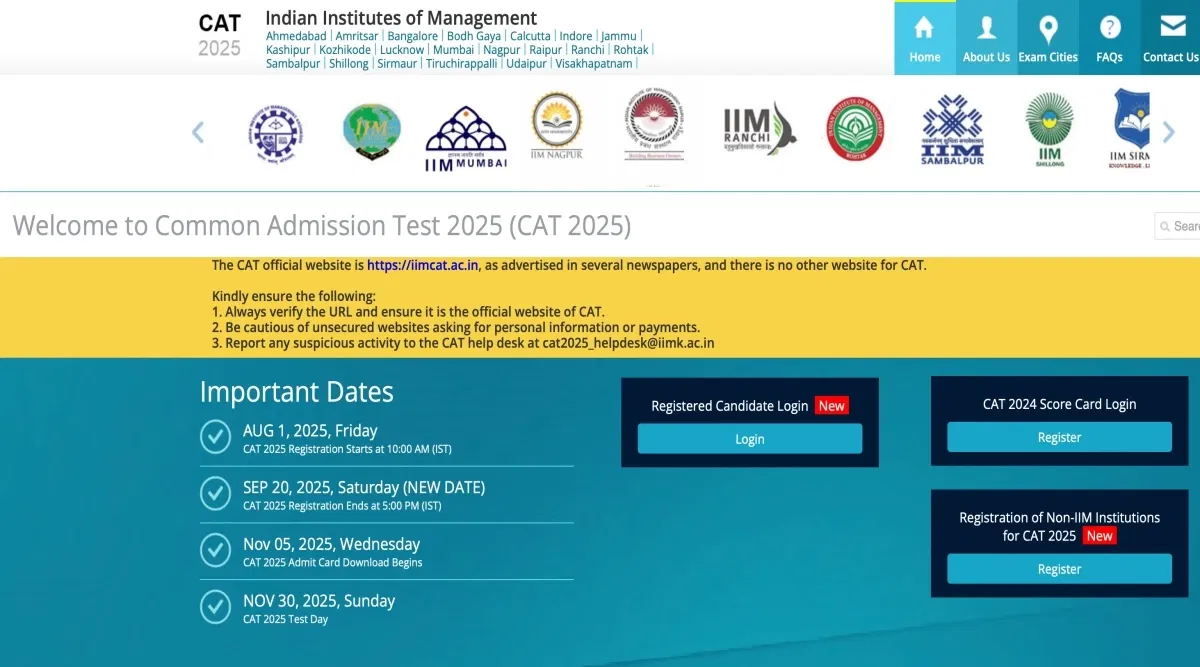Find complete information for including eligibility criteria, deadlines, application procedure for Indian Colleges
What is Business Management?
Business management is the act of organizing people to accomplish the desired goals and objectives of a business. It requires the utilization of the entity’s resources in the most efficient manner possible.
Business management comprises organizing, planning, leading, staffing or controlling and directing a business effort for the purpose of accomplishing the entity’s listed goals. In a for-profit business model, business management focuses on the satisfaction of a range of stakeholders, including the officers of the business, its employees, shareholders and the general public (consumers). In this regard, business management’s primary function is to secure a profit (for shareholders) create valuable and innovative products at a reasonable cost (consumers) and provide employment opportunities. In a nonprofit scope, business management will focus on keeping the faith of its supporters and donors.
Basic Functions of Business Management:
Business management operates through a series of functions, typically classified as organizing, staffing, planning, leading, monitoring, controlling and motivating.
Planning: This area of business management decides what needs to happen in the future and subsequently generates plans for action. Planning is the foundation for effective business management; by deciding what needs to happen next week, next year or over the next five years, a business can develop a strategy to meet its listed goals.
Organizing: This portion of business management implements a pattern of relationships among its employees to encourage the optimum use of the entity’s resources. Organizing is needed to utilize the businesses’ finite resources; effective use of resources is the foundation for reaching a desired level of productivity.
Staffing: This area of business management focuses on recruiting, analyzing and hiring individuals for appropriate employment posts.
Leading: Also referred to as “directing” in the business management model, leading requires the entity’s executives to determine what needs to be accomplished in a situation and what employees are best to fulfil such expectations.
Monitoring/Controlling: This phase of the business management process requires the leaders of the entity to monitor progress in relation to the plans and business of the business.
Motivation: A key aspect to the business management model, motivation is a basic function to maximize employee’s efficiency. By boosting morale, employees will effectively carry-out their specific tasks.
In the business management process, the mission of the entity is the most fundamental purpose. The vision of the company’s goals reflects its overall aspirations; this portion of the business management process specifies the intended direction of the company. The business’s management plan is a guide that stipulates regulations and objectives; the management plan may be used by executives in the decision-making process and may be followed by the entity’s employees to bolster transparency and motivation. Regardless of its particular use, the business plan must be flexible and easily interpreted by all employees of the business.
The business management plan refers to the construction of a coordinated plan of action that lists the goals and the resources used to engage these goals in relation to the company’s long-term objectives.
Business Management: Evolution & Growth
Management as Science was developed in the early 20th century and focused on increasing productivity and efficiency through standardisation, division of labour, centralisation and hierarchy. A very ‘top-down’ management with strict control over people and processes dominated across industries.
In the 1970s, we changed our focus from measuring function to resource allocation, and tools like Strategic Planning (GE), Growth-Share Matrix (BCG) and SWOT were used to formalise strategic planning processes. After several decades of ‘best practice’ and ‘one size fits all’ solutions, academics began to developing contingency theories.
Benchmarking and business process reengineering became popular in the 1990s, and by the middle of the decade, 60% of Fortune 500 companies claimed to have plans for or have already initiated such projects.
Largely driven by the consulting industry under the banner of Big Data, organisations in the 2000s started to focus on using technology for growth and value creation.
Business Management As A Discipline
Management as a discipline refers to that branch of knowledge which is connected to the study of principles & practices of basic administration. It specifies a certain code of conduct to be followed by the manager & also various methods for managing resources efficiently.
Management as a discipline specifies a certain code of conduct for managers & indicates various methods of managing an enterprise. Management is a course of study which is now formally being taught in the institutes and universities. After completing a prescribed course or by obtaining a degree or diploma in management, a person can get employment as a manager.
Any branch of knowledge that fulfils the following two requirements is known as a discipline:
- There must be scholars & thinkers who communicate relevant knowledge through research and publications.
- The knowledge should be formally imparted by education and training programmes.
Since management satisfies both these problems, therefore it qualifies to be a discipline. Though it is comparatively a new discipline, it is growing at a faster pace.
Scope: India & Global
Global competition is changing the relationship between management education and business. The efforts for building leadership pipelines in organizations have intensified in the last five to six years. Continuous changes in both technology and economic systems, along with the speed of change, require executives to be engaged in a constant learning process. Management education has become a major profession that attracts considerable attention across the world.
Besides, India’s new educational policy – Foreign Universities Bill further means a hike in the number of foreign business schools in the country, leading to better education with the exchange of global ideas. You will be, however, surprised to know that an Indian MBA or even Indian diploma in management, are globally listed far better than any other Asian one. Why? Because India prefers to educate in English, which is the global language not only when it comes to the syllabus but also when it comes to exchanging of brainstorming sessions through collaboration with business schools abroad. This doesn’t happen in other countries, like China and Japan, where they teach in their national language only.
The second factor that gives India an upper edge in terms of management studies is the price of education. India is providing world-class education at minimal prices. No wonder even American and European students are coming to India to attain high-quality management education at cost-effective prices. The placement of students studying in India as well as Indian students in top-notch workplaces like the World Bank, Apple, Google, IBM, McKinsey, Accenture, Adobe, etc., further confirms and validates the quality of world-class education that India provides.
Trends in Management Education
After the media first introduced a ranking system for business schools in 1988, business schools appeared more proactive in making changes, although they focused primarily on product tinkering, packaging and marketing. Subsequent to this, the popularity of MBAs rose. Global competition, the emergence of consulting business and Internet-based transactions are changing the product offerings in management education. The trends of evolution of management education indicate that knowledge creation is becoming more students based.
E-learning and computer-based learning packages are making inroads slowly. A recent study has concluded that although the creation of knowledge will always be an important mission for business schools, other organizations are developing more formal management programs and creating knowledge; this may cause a shift in strategy as schools become more focused on gathering and sharing, rather than on creating knowledge.
On the other hand, themes that are rich in tacit knowledge such as leadership, entrepreneurship and multicultural sensitivity experiential contexts are being generated for bringing teaching closer to real life. Thus, business schools are focusing more on gathering and sharing new knowledge. Many niche organizations and global consulting firms are increasingly becoming the source of management knowledge creation. It is clear that management education will emerge as one of the main foci of higher learning, as the service economy takes precedence over other segments.
Three roles are getting differentiated, viz., management knowledge creation, knowledge gathering and knowledge sharing. This will change the face of management education further.
Basic Types of MBA Programs
Two-year (Full Time) MBA programs are normally taking place over two academic years (i.e. approximately 18 months of term time). Students enter with a reasonable amount of prior or no real-world work experience and take classes.
Accelerated MBA programs are a variation of the two-year programs. They involve a higher course load with more intense class and examination schedules. They usually have less “downtime” during the program and between semesters.
Part-time MBA programs normally hold classes on weekday evenings, after normal working hours, or on weekends. The students in these programs typically consist of working professionals, who take a light course load for a longer period of time until the graduation requirements are met.
Executive MBA (EMBA) programs are developed to meet the educational needs of managers and executives, allowing students to earn an MBA or another business-related graduate degree in two years or less while working full time. Participants come from every type and size of organization – profit, nonprofit, government — representing a variety of industries. EMBA students typically have a higher level of work experience, often 10 years or more, compared to other MBA students.
Dual MBA programs combine MBA degree with others (such as an MS, MA, or a J.D., etc.) to let students cut costs (dual programs usually cost less than pursuing 2 degrees separately), save time on education and to tailor the business education courses to their needs. Some business schools offer programs in which students can earn both a bachelor’s degree in business administration and an MBA in four or five years.
The Future
The future of the business school is a highly topical issue, as it is a growing business. The global education and training market will continue to be growth areas. Short courses offered by consulting companies are emerging as alternative business schools and the research conducted by various professional service firms are becoming alternative sources of business research.
It has been stated that business schools have to focus on research to solve problems of enduring importance and to build such (evaluated) curricula that can actually prepare students to be effective in practising the profession. This is with reference to the role of business schools.
Innovations in Management Education
Innovations in management came from thought leaders and consultancy firms as well as from business schools who designed and delivered MBAs. One of the major drivers of changes in management education has been the influence of thought leaders. They brought in new concepts and new perspectives that enriched management education. Porter introduced the diamond of competitiveness [Porter, 1980]. This helped in conceptualizing the sources of competitiveness in firms as well as in industry. Prahalad and Hamel [1990] brought in the concept of core competence, and this has been used widely.
The third major thought leader in management has been Senge. Senge emphasized the role of learning. It plays a major role in developing and implementing strategy [ Senge 1990 ]. The next major contribution was “emotional intelligence” [Goleman 2004]. The movement by Goleman led to “rationalize” feeling and emotive or intuitive aspects in a western cognitive frame rather than a European/Oriental existential and simultaneous frame of reference. Today, business schools face more competition and more criticism about the quality of their work than they have ever done before. This is leading to fundamental changes in the structure of the business school market and perhaps in what schools teach and how they teach it.
Nevertheless, Business Management has a long way to go to retain this reputation; and for this, it needs to walk hand-in-hand with these future management education trends:
- Make management education student-centric, not faculty-centric Involve in Industry collaboration to hone up the practical skills of the students via internship/training
- Organize regular practical training at a related management industry to help the students capture the right pulse
- Globalize Education: This can only be done by collaborating with foreign universities.
- Replace most of the theory-based education slowly yet steadily with practical-based education as only this comes handy when the students look for jobs in the corporate world outside.
- R&D based collaboration: Constant research and development, whether in the industry or its related education, is a must and thus it is important that the curriculum at a management school keeps updating with the changing demands of the industry. This can be achieved only when a management school collaborates with the big-wigs of the industry to walk hand-in-hand to create world-class management graduates/postgraduates.























POST YOUR COMMENT